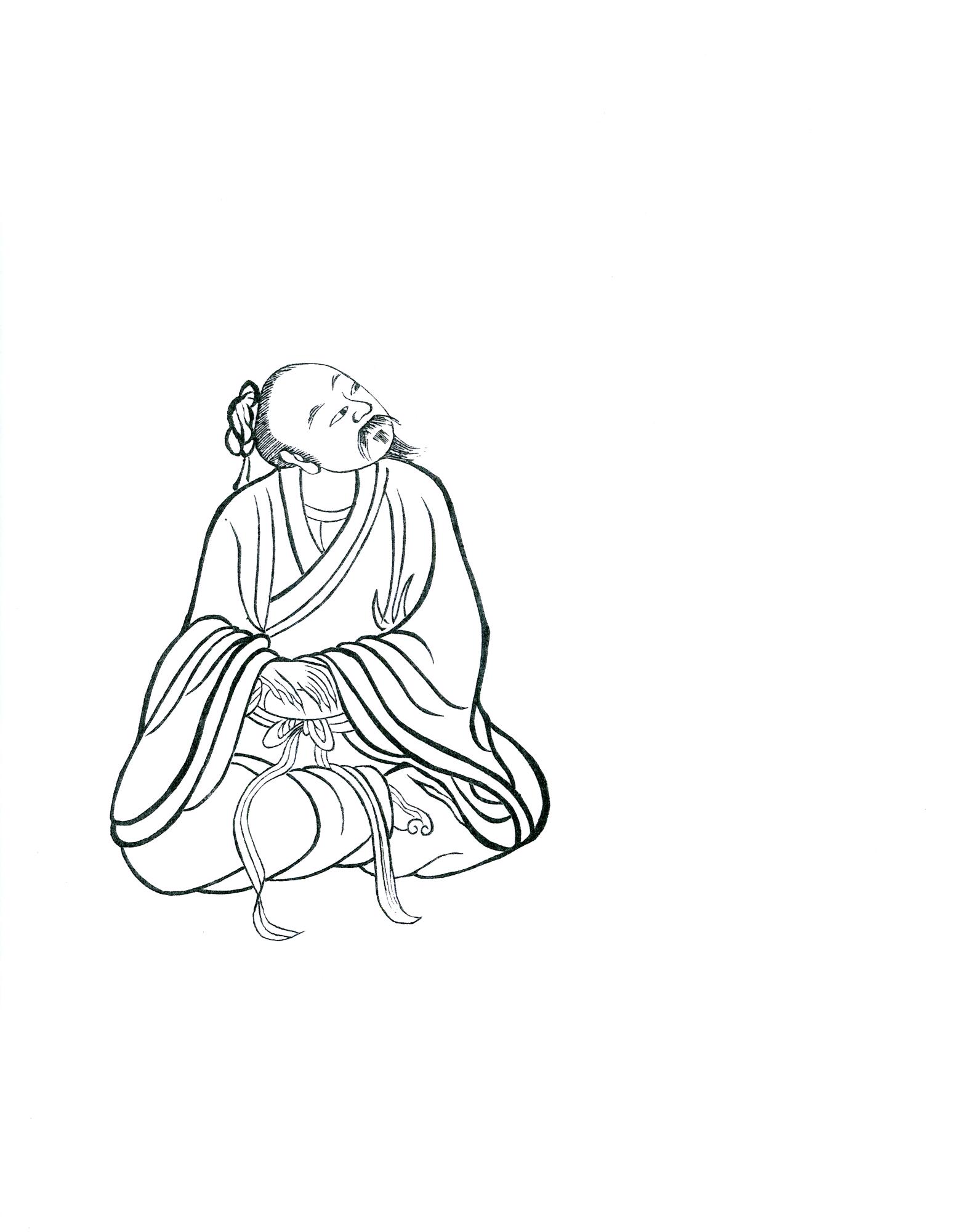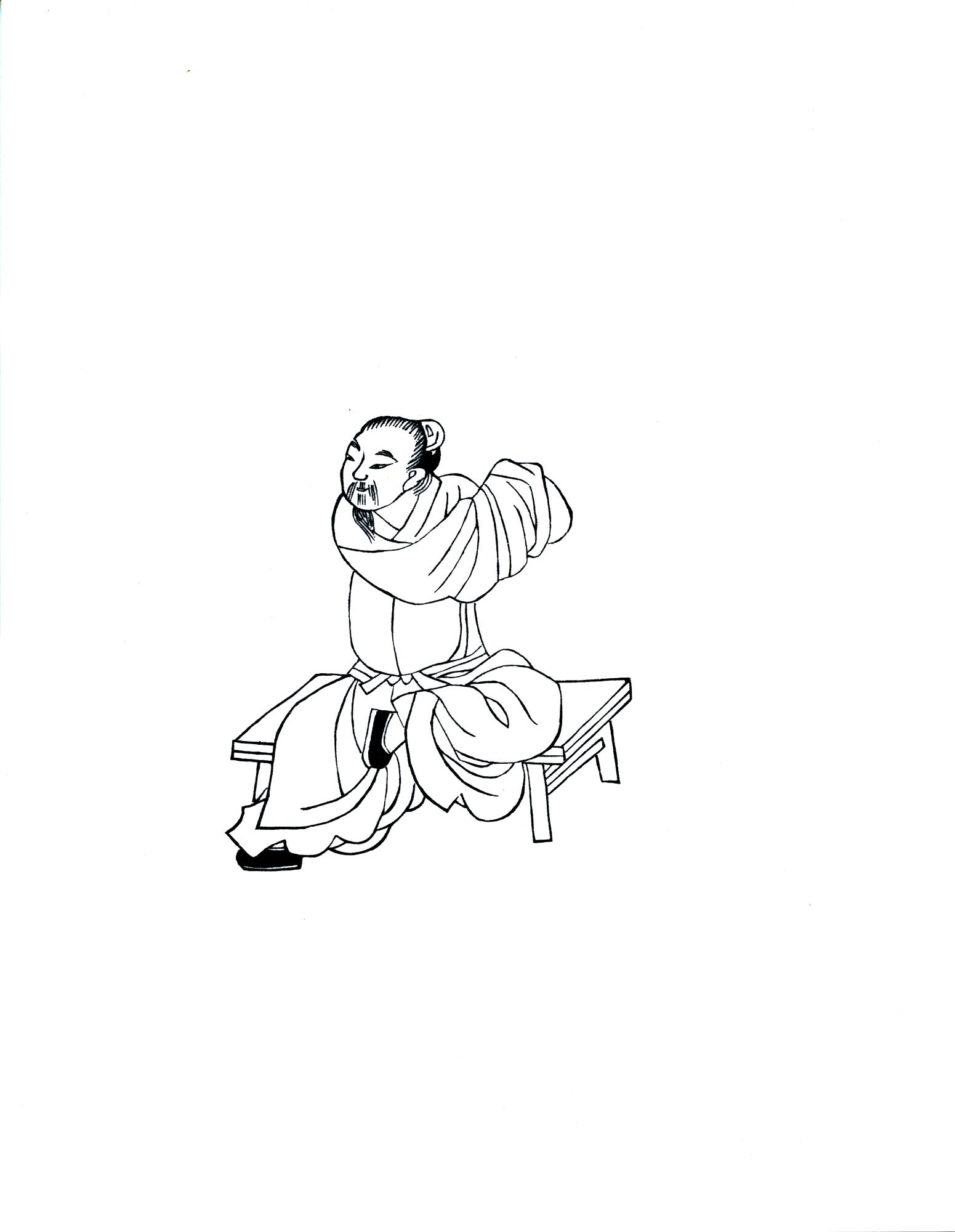
The aim of Wandering Taoist Arts is to pass on the specialized curriculum of Qigong, Taoist Longevity Practices and the Chinese Internal and External Martial Arts that Kwan Sai Hung has imparted to his students over the years.
Introduction
These Arts are the Arts of Self-Cultivation. They take a methodical approach to the development of an individual and work toward the integration of body, mind and spirit.
Throughout the ages, Taoist Sages have been renowned for their longevity and sought after for their knowledge. This knowledge was harvested over a period of three thousand years. Various Taoist monasteries, nestled in the mountain ranges of China, became centers of higher education that focused on the advancement of holistic practices, exercise systems and martial arts, and also on the individuals who practiced these art forms.
The Practices
Qigong: Mr. Kwan places great emphasis on Qigong practice and he trains in many types of Qigong, considering this subject a special part of his self-cultivation regimen. Qigong should have a prominent place in a Chinese Martial Artist's practice, because you must train Qigong to reach the higher level of your chosen Martial Art.
First, the definition of Qigong: Qigong (pronounced Chee-Gong) is the practice of breathwork and movement that serves to build the student's energy level up to a high degree. After the Qi (Energy) capacity is increased, you can then use the Qi to break through and clear any blockages or stagnant Qi that may be in the meridians (Energy pathways). Blockages may be caused by illness, injury, tension or lack of movement. Once the meridians are clear, the Qi will flow through the body in a powerful way and there will be an abundant supply of quality Qi to use as required by the practitioner.
Qigong sets can be stationary (meditative) or moving and both are required in a well-rounded practice.
The basic sets of Qigong movements that Mr. Kwan teaches first are used for health and healing and to set up a strong foundation for advanced practice. The student needs this basic level to move on to Martial Qigong.
Once you have an understanding of the health and healing aspects of Qigong, then you can go on to Martial Qigong to develop "Fa Jin"(penetrating power) in your Forms and Fighting, creating explosive power in your strikes and kicks.
Two old sayings in Kung Fu describe the importance of Qigong in your Martial Arts training. "Externally, train tendons, bones and skin; and Internally, train one mouthful of Qi". This means that it doesn't matter whether you are practicing External or Internal Martial Arts, if you want maximum power and energy and training that leads to your longevity in practice, you have to train Qigong. It's also said: "Train Quan (fist) and not Gong (Qigong), when you get old, all emptiness". This means if you emphasize only Forms and Fighting, and don't train Qigong, then when you get old, you will have nothing.
When you train in Qigong and make it part of your regular practice, it will put you on the correct path to:
Longevity in your practice,
A way to heal injuries and illness,
Balancing and building up your body's energy capacity,
Strengthen your body's muscular and skeletal systems.
It is hoped that this has explained to you the importance of Qigong practice in your Martial Art.
Internal Martial Arts: The Three Chinese Internal Martial Arts that Mr. Kwan teaches are Tai Chi, XingYi and BaGua. These three Arts, known collectively as "the Internal System", physically express Taoist Philosophy.
Tai Chi has been recognized as the highest Form by the old Masters and it is this Art, among the three, that Mr. Kwan emphasizes in his teaching.
Many students today just concentrate on the Tai Chi Form to practice and that's fine for stress-relief, health and wellness. But, according to Mr Kwan, to reap the full benefits in the Art of Tai Chi Chuan and to really "get it", you have to practice all the aspects of the Art. These include the following: Standing and Seated Meditation, Tai Chi Qigong, Tai Chi Stick and Ruler, Tai Chi Ball Training, Hand and Weapon Forms, Push-Hands and Application Practice, which is to learn the fighting aspects behind the movements.
When you practice Tai Chi in this manner, then it becomes a moving meditation that sets into motion the microcosmic orbit, which vertically encircles the torso, and the macrocosmic orbit, a circuit through all four limbs. This is why when a Tai Chi Master strikes an enemy, his Internal Energy enters into the enemy's body, destroying body tissue more than a physical blow could ever do.
So, all these facets make a complete practice of the Art of Tai Chi Chuan (Grand Ultimate Fist). This is the Art that Mr. Kwan teaches, being derived directly from the old Masters of China.
BaGua is the next Art in the Internal System. BaGuaZhang literally means "Eight Trigram Fist". This Art evolved through obscure Taoist origins, and it is a palm system based on the Taoist theories of the channeling of energy. The Art of BaGua is known for its use of coiling movements and evasive foot work with the use of the open hand in strikes and blocks.
One of the fabled Emperors of China, Fu Xi (2953-2838 BC) has been credited, through legend, with inventing the eight symbolic trigrams after pondering the scarred markings on the back of a tortoise shell. The trigrams were later incorporated into the I Ching, the classic book, devoted to interpreting the significance of the symbols.
XingYi is the last Art in the Internal System. It translates as "Form and Mind Boxing", This Art divides into two main systems: the Ten Animals and the Five Elements. The part of the Art taught first by Mr. Kwan is the Five Elements, which form the foundation of this Art. There are five basic strikes (splitting, drilling, crushing, pounding and crossing) which correspond with the five main universal elements (fire, wood, earth, metal and water). The practioner seeks the harmonization of mind and body by unifying the five element strikes with proper deep breathing. XingYi's direction of movement is predominately linear and great emphasis is placed upon the goal of generating whole-body power and focusing on the one sudden explosion of attack on your opponent.
External Martial Arts: The External practices that Mr. Kwan has taught to his students include Kung Fu basics, Forms and Weaponry Sets, along with a plethora of conditioning practices.
Broken down into catagories, among the training is:
Strength training: this is with and without weights; Animal Luohans (floor exercises mimicking various animal movements, designed to improve conditioning and body coordination); Stomach Luohans ( a set of exercises to develop your core); practice with the Long Staff (Wing Chun Pole) and the Mace, to develop power and crispness in striking.
Flexibility Training: stretching routines with and without a partner, on floor and using barre.
Kung Fu : Among the Styles that Mr. Kwan taught include The Five Animals of Shaolin, which are Dragon, Crane, Snake, Tiger and Leopard. Training emphasis is placed on proper breathing, sound techniques and self-defense applications. The other Style that Mr. Kwan taught was Tam Tui ("Springing Legs"). This Style is derived from Northern China and develops strength, agility, basic stepping and stances.
Mr. Kwan has knowledge of advanced Styles and Practices such as Mizhong Quan (Lost Track Boxing) and QingGong (Light Body Kung Fu Skill), but the Shaolin Five Animals and Tam Tui Styles are taught to the student first to develop a solid, strong foundation in the External Art of Kung Fu.
Other Practices: The Art that Mr. Kwan teaches would not be complete without other practices, including Taoist Meditation and DaoYin ( a form of guided energy work through the meridians). DaoYin bridges the gap between physical training and Meditation and is a higher classification of Qigong.
Conclusion: These are the Practices as taught by Kwan Sai Hung. I hope this short explanation of his training regimen will provide the student with an understanding of what Mr. Kwan's Art encompasses and will inspire students of the Martial Arts to want to learn, preserve and keep alive, these traditional Arts.
At this beginning of Wandering Taoist Arts, the main focus will be on the Art of Qigong and aspects of Tai Chi Chuan as taught by Mr. Kwan. The other parts of his Art will be imparted to serious practitioners, who wish to preserve as much of this complete Taoist Health and Martial Art regimen, as possible.
Thank You.


